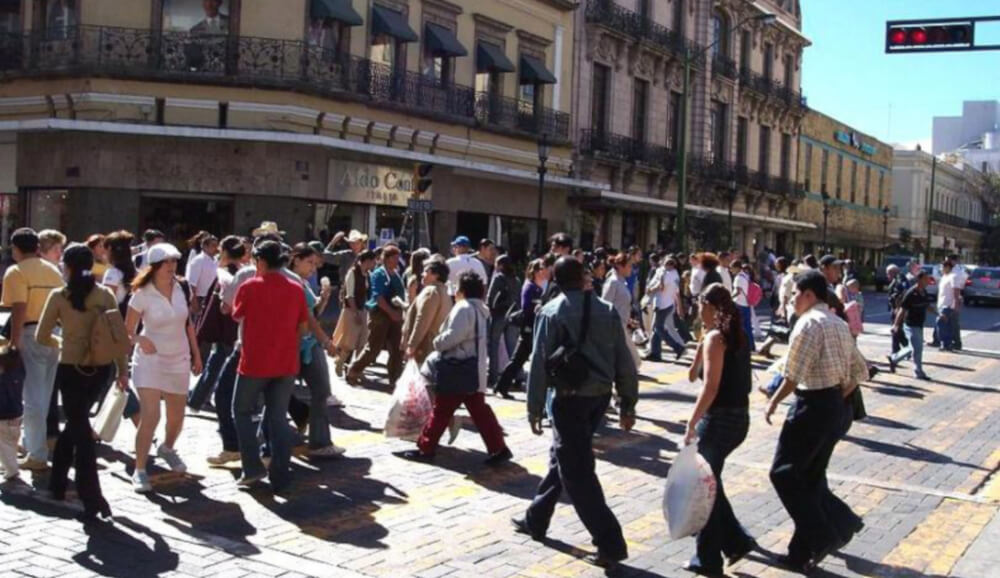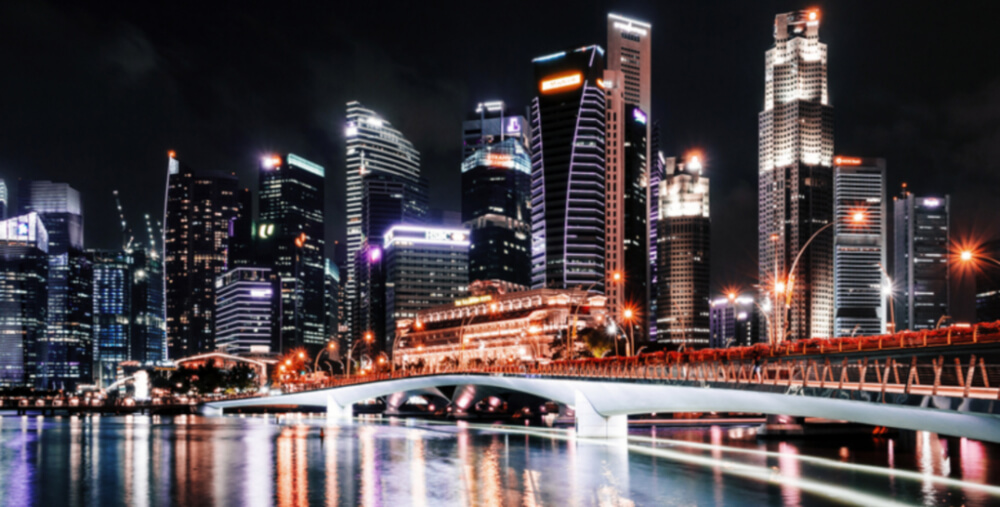Technological disruptions combined with environmental, social and economic changes are transforming the way we live. This affects the development and management of contemporary cities directly. As a consequence, our cities are facing many new challenges that need to be taken into account when planning them.
Let’s look at the major driving forces that direct cities’ development:
Economic trends
Economy has a high impact on the quality of life in the cities. Well paid jobs in stable businesses and industries bring prosperity to the community. Lack of work posts or too many low paid posts bring poverty and social unrest.
Contemporary cities must create an environment that attracts prosperous businesses and industries. Cities can, among other, achieve this by means of land use planning. They need to allocate areas for businesses, areas where businesses can expand and equip them with a well designed transportation system.

More jobs also mean that more people will live in the cities. UN predict that cities will grow by another 2,5 billion people by 2050. They need places to live and ways to commute to work. City authorities must provide a transportation system, areas for housing and supporting infrastructure (schools, shops, hospitals etc.). All this preferably in a way, that doesn’t affect the environment too much.
Society & Cities
People are the reason that cities exist. Cities serve their residents by providing them with the infrastructure and public services. But residents’ needs are changing, based on increasing or decreasing of population, changes in ethnical composition, changes in age structure of the residents etc.

City authorities must determine what residents need and adapt the neighborhoods accordingly. For example, an increase in number of young families living in an area means that more children’s playing grounds, kindergartens and schools must be provided. Urban planners must predict and incorporate such needs into the comprehensive plan.
Environmental concerns
We must preserve the environment not only to be able to enjoy beautiful nature but to survive. We need clean air, water and healthy food. Some cities are already facing a serious lack of basic resources. For example, African metropolis Cape Town is dealing with a shortage of water. Climate changes are also making our lives difficult. Massive hurricanes, storms and increased temperatures create damage and effect the production of food.

Contemporary cities can help reduce the pollution and preserve the environment in many ways. By providing good means of public transport, cities can help reduce the air pollution. Commuting with public transport also consumes less energy than commuting by cars. Urban planners can allocate more space for green areas and plan future land use in such a way that prevents urban sprawl.
Unforeseen events
Beside the constant changes and adaptations, sometimes an unlikely event of global proportions happens – the so called ‘black swan‘. As Nassim Nicholas Taleb defines it in his book The Black Swan: The Impact of Highly Improbable, the black swan is a highly improbable event with three principal characteristics:
- it is unpredictable
- it carries a massive impact
- after the fact, we concoct an explanation that makes it appear less random, and more predictable, than it was.
As an example of black swan event, let’s take a look at stock market crash in the year 2007. It led to changes in apartments prices, stalling of the construction sector, reduced options for mortgage loans, increased demand for rental apartments and decreased demand for proprietary housing. And more. All the changes that still have an impact today simply could not be foreseen. That is why nor people nor cities could prepare for it. And we never know when next one will happen and how it will affect our lives.

That’s why we need to make cities resilient to different kinds of changes. It seems that the best way to achieve this is by making plans that can be adapted quickly. Research in this field is thus focused on both, institutional and operational level. At institutional level, it is mostly about improving planning systems and legislation. At operational level, it is about new digital kind of tools.
Stay tuned for our future blog posts, where we will discuss adaptive urban planning & urban design in more detail.
Photo source: goodfreephotos.com


8 Responses
The cities are failing to provide adequate infrastructure for teens, some how they are left in the air not having were to distract and use all the energy they have.
Fully agree. Additionally this married with high unemployment, everything being commercialised it is easy to see why became gangster is regarded interesting option for youngsters. Poverty alone is not such contributor…
Developers generally only build for customers who pay the highest dollars and that shapes the environment.
At this moment of abrupt changes and unforeseen transformations and disruptions, we need to focus more on Development Management along with Planning. Planning is one aspect but if not coupled with efficient management practices, will lead to cities which operate more on an Ad-hoc basis than following a well drafted flexible plan
Ok, so in a city like Toronto, Ontario, why are so few of these things being done?
All I can say to politicians and bureaucrats, can you look up Copenhagen and not spend all of your time finding reasons we can’t afford it? (Too many examples of billions of dollars already wasted by government to list).
The good things that need to be done have been successful someplace in the world. Pay attention. The wheel does not have to be reinvented.
Hi Mark, just a quick comment on looking up Copenhagen, (where I´m from). We’ve generally found that seeing what works in Copenhagen and the Nordics in general, is a good first step, a study trip a good second step, but from there to implementing them in for example Toronto requires quite a bit of translation and adaptation. We are giving it a go with Hamilton, and developing a Nordic Master Class in Sustainable Urban Development, and we hope to be able transform some of the good results in Copenhagen and the Nordics to good results abroad.
Perhaps Mobility in general and the mobility of knowledge sharing more specificly could be included. After all, the age old reason for why cities are where they are – cross roads, bridges over rivers and so on, continue to be important but with different elements. I.e. access to international airport, access to highway infrastructure, too much traffic etc. which can also be boiled down to how easily can I share knowledge – Skype, face to face meetings, VR meetings. Currently the face to face is still critical, and as such, mobility becomes important, as well as where the meeting actually happens. But if new technology proves good enough to replace face to face, then meeting in a city is an event in itself and could again change how a city should focus – so the last one would come under the category technology I guess.
How can contemporary cities in developing societies be created? Are there inspiring cases and practices as exemples?